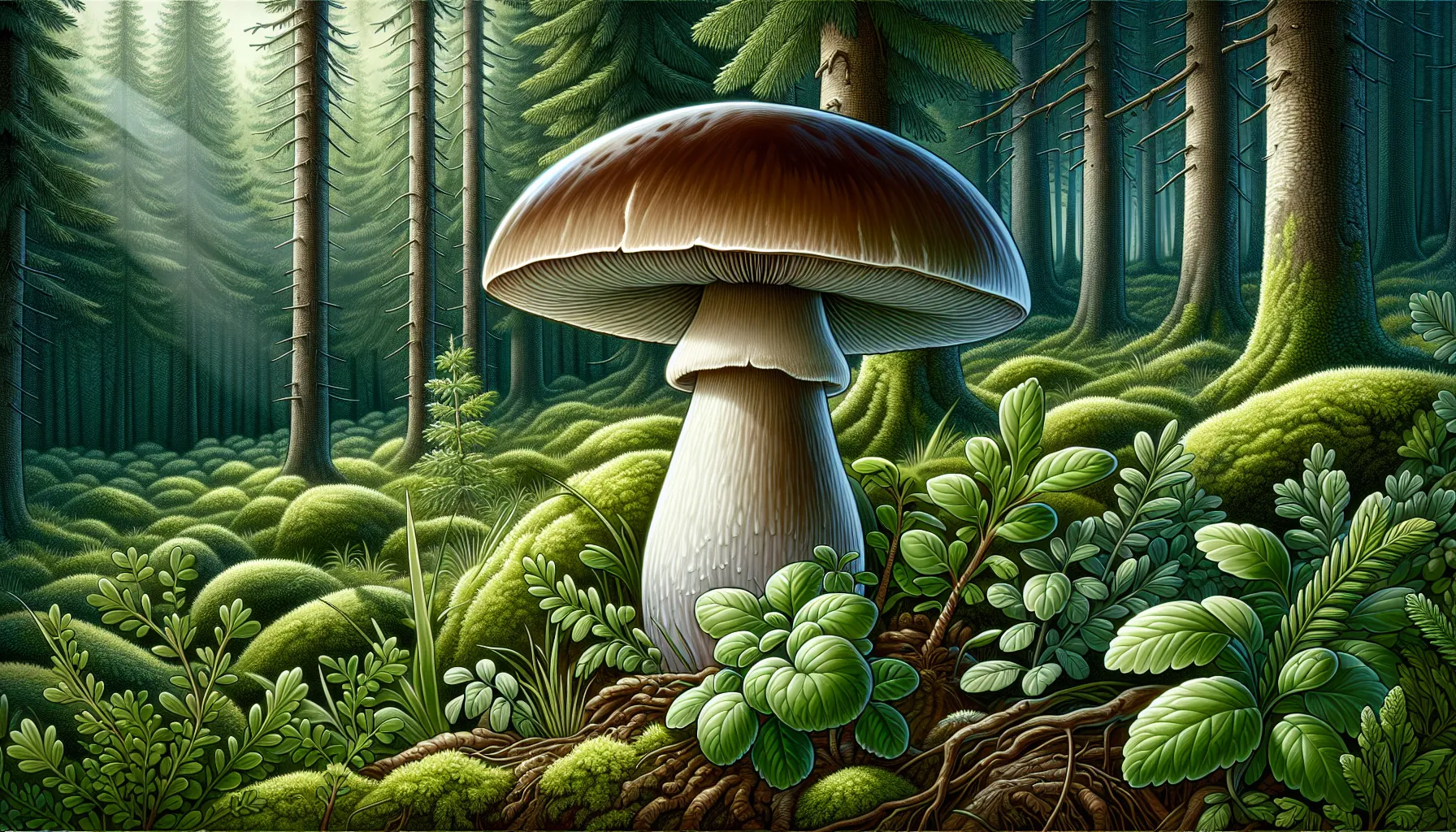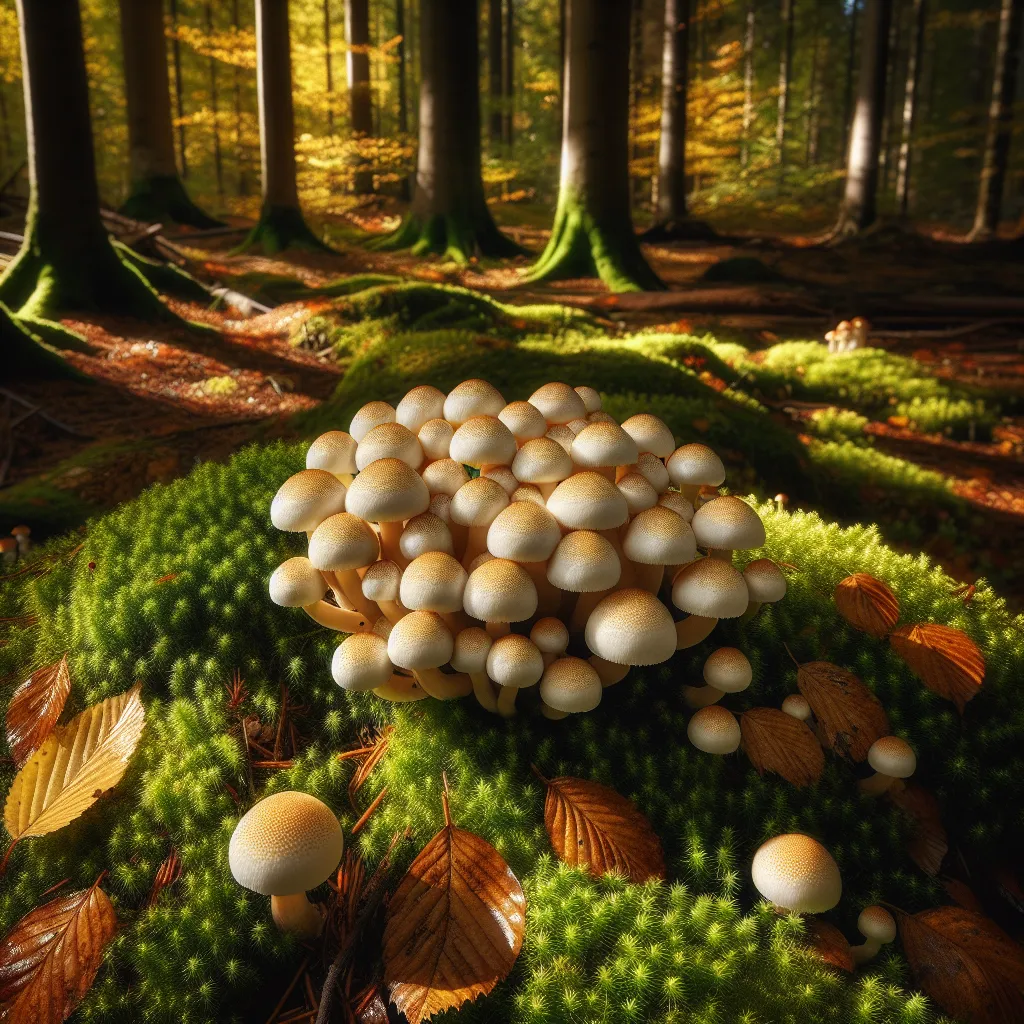Mushrooms, are often celebrated for their culinary and medicinal properties. However, amidst the diverse fungal kingdom, one mushroom stands as a grim reminder of nature’s inherent dangers: the death cap mushroom (Amanita phalloides). This inconspicuous fungus harbors a lethal secret that has claimed many lives, making it crucial to understand and recognize it to avoid tragic consequences.
The Deceptive Appearance of Death Cap Mushrooms
At first glance, the death cap mushroom might appear benign, even tempting to an untrained eye. Its cap can range from a pale off-white to a yellowish hue with a tinge of green, resembling several edible varieties. This resemblance has led to numerous cases of poisoning, as foragers mistake the death cap for its harmless counterparts.

To the uninitiated, distinguishing a death cap from safe mushrooms is challenging. The key identifying features of this toxic fungus include:
- A smooth cap that may be white or yellow with a greenish cast.
- White gills underneath the cap, unattached to the stalk.
- A prominent ring encircling the stalk just below the cap.
- A large, bulbous cup (volva) at the base of the stalk, often hidden underground.
These features are critical in differentiating the death cap from other mushroom species. However, the most reliable way to stay safe is to forage with an expert or avoid wild mushrooms altogether if identification is uncertain.
The Global Spread of a Deadly Fungus
Originally native to Europe, the death cap mushroom has spread worldwide, finding a home in the forests of North America, parts of Africa, and even the shores of Australia. In the United States, it predominantly resides along the East and West Coasts. The death cap’s ability to form symbiotic relationships with various tree species has facilitated its proliferation across different climates and regions.

The fruiting of these mushrooms is influenced by environmental conditions, with a preference for warm, moist periods. Spring, late summer, and fall are prime times for death cap emergence, following significant rainfall events. This seasonal pattern is essential for foragers to note, as these are the periods when the risk of encountering death caps is highest.
The Toxic Mechanisms of Death Cap Mushrooms
The true peril of the death cap lies within its cellular makeup. These mushrooms contain potent compounds known as amatoxins, a group of alkaloids that are unfazed by cooking, drying, or freezing. Amatoxins interfere with RNA polymerase II, an enzyme critical for DNA transcription and protein synthesis, leading to cell death.
The ingestion of even a small amount of death cap mushroom can be fatal, as these toxins rapidly target the liver and kidneys, causing catastrophic organ failure. The resilience of amatoxins to food preparation methods underscores the hazard; there is no safe way to consume a death cap.
The Stages of Death Cap Mushroom Poisoning
Poisoning from death cap mushrooms is a medical emergency that unfolds in three stages:
Stage 1: Gastrointestinal Phase
The initial symptoms arise within 6 to 24 hours post-ingestion, mirroring those of other gastrointestinal illnesses. Victims may experience nausea, vomiting, severe diarrhea, abdominal pain, and dehydration, which can lead to an erroneous diagnosis if the mushroom consumption is not reported.
Stage 2: Latent Phase
This deceptive period can lull patients into a false sense of recovery as initial symptoms wane. However, during this phase, the amatoxins continue their insidious work, ravaging the liver and kidneys.
Stage 3: Hepatorenal Phase
Three to six days after eating the mushroom, the damage to the liver and kidneys culminates in their failure. This stage is characterized by jaundice, hypoglycemia, confusion, and in the absence of prompt and aggressive treatment, often death.
Immediate Actions and Treatment for Poisoning
Upon suspicion of death cap mushroom consumption, it is imperative to contact poison control and seek emergency medical care immediately. Early intervention is critical. Treatments may include stomach pumping, administering activated charcoal, and aggressive supportive care to manage symptoms and prevent absorption of the toxins.
In advanced stages of poisoning, liver transplantation may be the only recourse to save the patient’s life. The gravity of the situation cannot be overstated; rapid response is the key to survival.

Distinguishing Safe Look-Alikes from Death Caps
Several edible mushrooms, such as the Asian straw mushroom, bear a striking resemblance to the death cap. The safest practice is to fully excavate the mushroom when foraging, ensuring that the identifying volva at the base of the stalk is visible. Never consume a mushroom unless its identity is unequivocally confirmed by a mycologist or a knowledgeable forager.
For those interested in learning more about mushroom identification and safety, the North American Mycological Association offers valuable resources and workshops. Additionally, the Mushroom Observer website provides a platform for citizen science and mycological education.
Conclusion
The death cap mushroom is a formidable reminder of nature’s complexity and the importance of respecting its potential dangers. Proper identification and a conservative approach to wild mushroom foraging are the best defenses against the tragic outcomes associated with this toxic fungus. Remember, when in doubt, leave it out. Your life may depend on it.
